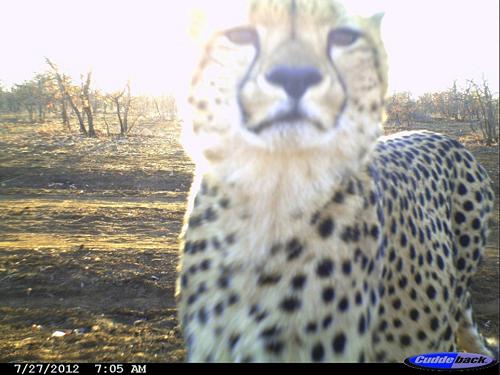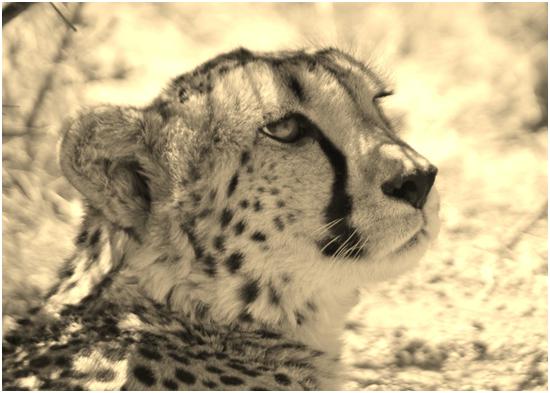Esther van der Meer
Other projects
30 Apr 2014
Finding the Cheetahs of Zimbabwe; Cheetah Population and Human-Cheetah Conflict Survey in Southwest Zimbabwe
The aim is to conduct a comprehensive survey of the Zimbabwe component of the Kavango-Transfrontier Conservation Area to gain an understanding of cheetah distribution, the levels of human-cheetah conflict and corridor use. This knowledge will help to strengthen the National conservation strategy of the species.

There are ± 9,500 adult cheetahs left in the wild of which 6,000 are part of a shared population between Botswana, Namibia, South-Africa, Zambia and Zimbabwe. Despite its importance, recent information on the Zimbabwean cheetah population is lacking. Especially from the northwest of Zimbabwe, the Zimbabwe component of the KAZA Transfrontier Conservation Area, encompassing most of Zimbabwe's protected wildlife areas, little is known. We aim to conduct a comprehensive survey of this area to gain an understanding of cheetah distribution, the levels of human-cheetah conflict and corridor use.

The survey will consist of two components:
1) the collection of sightings and pictures and,
2) field interviews to get an insight in cheetah occurrence, the attitude of people toward cheetah, and the level of human cheetah conflict.
The first component will allow us to determine cheetah occurrence and set up an ID data base from which we will be able to identify individual cheetah based on their coat pattern. This will help us to say something about cheetah occurrence but will also enable us to give reliable population estimates for areas where there are enough pictures available. Over the past two months we have carried out a pilot study in Hwange National Park where we collected 549 pictures from 22 different photographers which resulted in 53 sightings of 14 identified cheetah; 9 adults and 5 cubs. These are the first quantitative data ever collected from this area.
The field interviews will allow us to determine the presence or absence of cheetah, whether people know what cheetah are, and the level of human-cheetah conflict throughout different types of land use; protected areas, commercial farming and communal farming areas. We will use this information combined with an assessment of available habitat from GIS analysis to determine where cheetahs occur within this area of the country, where there is a potential for transboundary movement and where corridors exist.
This information will result in a report with recommendations on where to improve the conservation strategy of the species that will be presented to the local authorities. It will also result in the development of specific conservation/research/education programmes in the areas that have been identified as areas with a high conservation value, e.g. areas with ignorance or negative attitudes towards cheetah, high levels of human-cheetah conflict, potential corridors etc.